Navigating the world of book printing can be a daunting task for authors, especially when confronted with a barrage of printing and publishing jargon. Understanding the terminology is crucial for making informed decisions about the printing process and ensuring your vision translates seamlessly onto the page. Let’s take a look at some commonly used printing and publishing jargon.
Back Matter
“Back matter” includes content located at the end of a book, such as an index, bibliography, author bio, or discussion questions. It enhances the overall value of the book.
Bleed
“Bleed” refers to the extra space beyond the trim edge of a page. It ensures that when the page is trimmed, there is no white border, and images or colors can extend to the edge. Including bleed is essential for achieving a professional and polished look in printed books.
Blind Embossing
“Blind embossing” creates a raised design on the cover without using ink or foil. It adds a tactile and visually striking element to the book.
Blurb
A “blurb” is a concise promotional description or endorsement of a book, usually written by an author, reviewer, or notable figure. It appears on the book cover to attract readers.
CMYK
“CMYK” stands for Cyan, Magenta, Yellow, and Key (black), the four ink colors used in full-color printing. Understanding CMYK is crucial for achieving accurate color reproduction in printed materials.
Colophon
A “colophon” is a statement at the end of a book containing details about its production, such as the typeface used, paper quality, and printing methods. It provides insights into the book’s creation.
Copyright Page
The “copyright page” contains essential legal and bibliographic information, including copyright details, publication information, and permissions. It clarifies ownership and usage rights.
Deckle Edge
A “deckle edge” refers to the rough, uneven edge of a sheet of paper, imitating the appearance of handmade or vintage paper. It adds a tactile and rustic quality to the book.
Dedication
A “dedication” is a heartfelt message from the author to a specific person or group, expressing gratitude, love, or admiration. It adds a personal touch to the book and creates a connection with readers.
Die-Cutting
“Die-cutting” involves using a specially shaped blade (die) to cut custom shapes or patterns into the book cover. This technique adds uniqueness and visual interest to the cover design.
DPI (Dots Per Inch)
“DPI” refers to the resolution of images in dots per inch. Higher DPI results in sharper and clearer images. Images intended for print should have a minimum DPI to ensure quality reproduction.
Embossing
“Embossing” is a technique where specific areas of the book cover are raised to create a tactile and three-dimensional effect. It adds a tactile element to the visual appeal of the book.
Endpapers
“Endpapers” are the sheets of paper at the beginning and end of a book, connecting the cover to the pages. They provide structural support and can include decorative elements.
Epigraph
An “epigraph” is a quotation or brief statement placed at the beginning of a book or its chapters. It sets the tone, provides insight, or foreshadows themes, offering readers a glimpse into the narrative.
Foil Stamping
“Foil stamping” is a decorative technique where a thin layer of metallic or colored foil is stamped onto the cover or spine of a book. This adds a touch of elegance and can highlight titles, logos, or specific design elements.
Front Matter
“Front matter” encompasses the preliminary pages of a book, appearing before the main content. Key elements may include the title page, copyright, dedication, table of contents, forward, and preface.
FSC-Certified Paper
“Forest Stewardship Council (FSC)-certified paper” indicates that the paper used in printing comes from responsibly managed forests. Choosing FSC-certified paper aligns with environmental sustainability.
At Presto Page, we’re here to support you every step of the way. Whether you need assistance with self-publishing, design services, or any other aspect of self-publishing, we’re your partners in success. Contact us today to see what we can do for you, and in the meantime stay tuned for more explanations of printing and publishing jargon!

